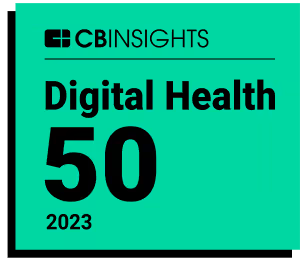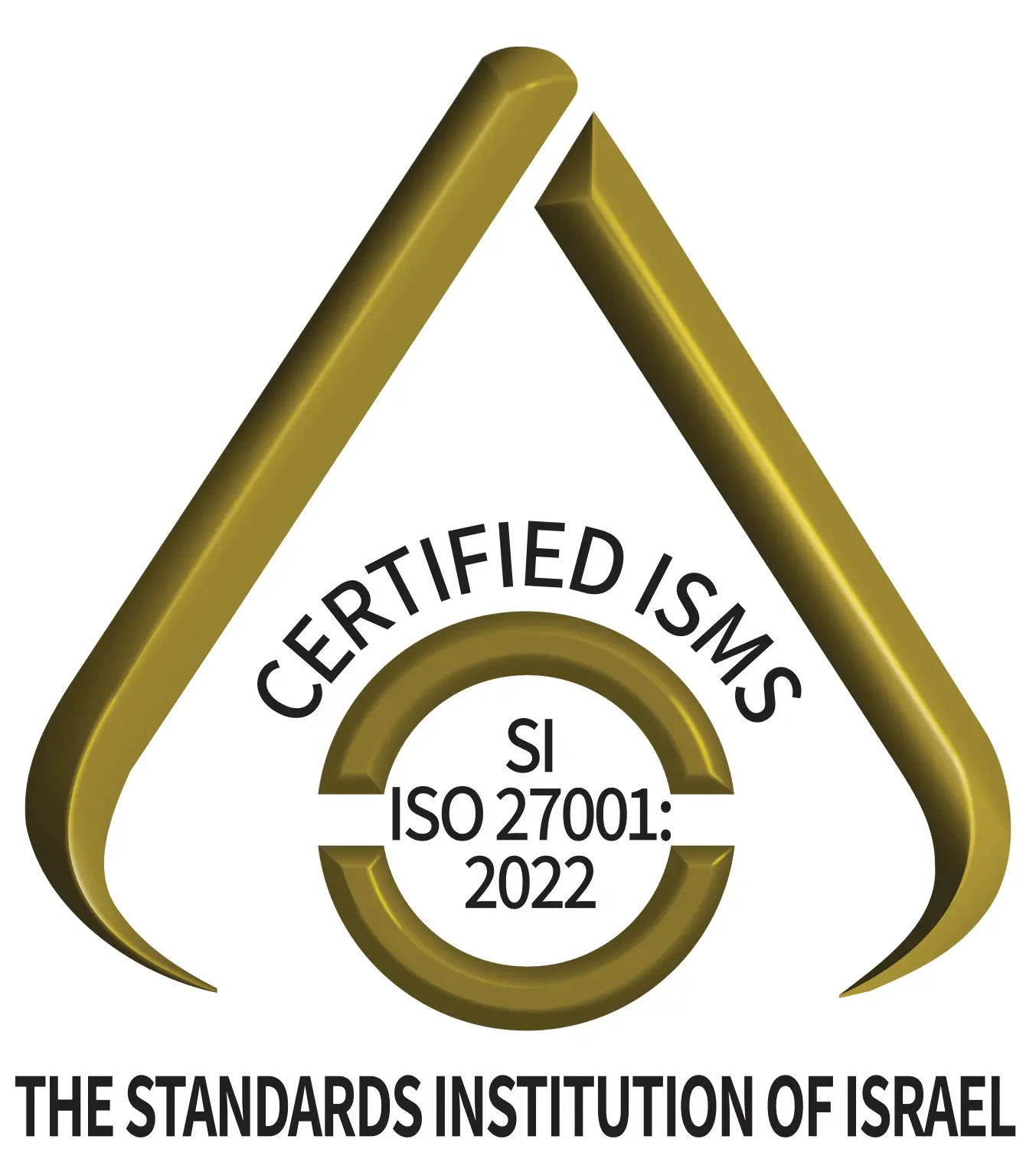Healthcare organizations shifting to value-based care (VBC) face many challenges. The need for clinicians to deal with hierarchical condition category (HCC) coding and other time-consuming processes is often complicated by the lack of well-organized patient information. This can result in inaccurate HCC coding, preventing physicians from giving actual care delivery the attention they would like, and ultimately leaving them overwhelmed and burned out.
In the face of these challenges, artificial intelligence (AI) can make a powerful difference, helping improve HCC coding accuracy while reducing the manual burden on physicians and empowering them to focus on patient care–without being distracted by their coding responsibilities.
How can clinicians and healthcare organizations use AI to thrive in the world of value-based care? To answer that question, we recently hosted a webinar together with athenahealth, focusing on the main lessons that Privia Health – a major client of athenahealth’s – has learned from its experience with Navina’s AI-powered solution.
Participants in our hour-long session, AI in Practice: How Privia Health Empowers Doctors to Win at Value-Based Care, had the chance to hear Franchesca Feliciano, Director of Risk Adjustment at Privia Health, share some of the practical lessons she has gained from her experience with Navina. The event also featured the insights of our very own Dana McCalley, VP of Value Based Care, and Michael McDonnell, Strategic Account Executive.
Here's a look at four of the most important takeaways from the webinar.
Lesson #1: Ease of use and physician engagement are essential for AI
The results that healthcare organizations can expect from an AI solution depend not just on its capabilities, but also on the level of physician engagement with the solution. The feedback that clinicians hear from their peers on AI solutions can have a major impact on how widely they adopt and how often they use it. In Privia’s case, Franchesca said, the fact that its affiliated physicians had already heard about Navina and were excited to try it helped ensure high physician engagement.
Similarly, Franchesca emphasized the difference Navina’s ease of use made for Privia’s physicians. She also discussed the onboarding process that Privia has implemented as it continues to introduce more of its physicians to Navina.
As its use of Navina grows, she explained, Privia provides licenses to additional physicians on a monthly basis, hosting a training session for physicians new to Navina’s platform each month. “So the actual training itself today – we give it an hour,” she noted, underscoring Navina’s rapid onboarding. “But it's typically done within 45 minutes, with Q&A.”
That ease of use is a major factor in the extremely high level of adoption that Navina has among Privia’s physicians. With more than 800 Privia-affiliated clinicians onboarded to Navina, 87% of them now actively use our technology each week. And these clinicians actively address 84% of the HCC coding suggestions that Navina provides to them.
Lesson #2: The transition from V24 to V28 is a real hurdle, but AI can help
One of the key challenges that Franchesca discussed is the transition from the V24 HCC model to V28. As that shift puts pressure on clinicians to take the extra time to make sure that their coding is accurate and complete in light of the new model (while also continuing to work in V24), it can make it more difficult for them to devote the time and attention they would like to actual patient care.
As Franchesca explained, Privia sees technology as playing a critical role in easing this transition and lightening the burden on physicians so that they can focus more on delivering care.
“It's had a big impact,” she said, referring to the transition to V28. Understanding the challenges that it presents, she added, Privia has relied heavily on technology to simplify this shift for physicians. “A lot of [our adaptation] has been with our product engineering and our analytics team, and the tools that we now have access to,” she explained.
Lesson #3: Integration with electronic health records can have a significant impact on physician engagement
The fact that clinicians and coders often rely on multiple health data sources can make HCC coding and the process of identifying and closing care gaps particularly cumbersome and time-consuming. By being able to seamlessly cull and analyze data across a wide variety of sources, AI tools can offer greater convenience to primary care providers. Not only can this save them significant time, but it can also make it more likely that they will actively use an AI solution frequently and get significant value out of it.
“So we really want to be able to make it easy for clinicians to be able to adopt something that really just is effortless,” she added, emphasizing the convenience and flexibility that Navina offers clinicians. “And so for us, that is why it was really important that we could integrate [Navina with electronic health records]. Because it really just takes down a lot of those barriers that people are facing today.”
Lesson #4: AI can be a powerful educational tool
One of the main challenges in shifting towards value-based care is familiarizing physicians with the process of HCC coding. Coding has a time-consuming learning curve, and a lack of awareness of diagnosis codes creates a risk of inaccurate or incomplete coding. As Franchesca underscored during the webinar, AI can make a major difference in helping physicians handle that process efficiently, even if they don’t know all of the necessary codes. It can also help them increase their level of familiarity and comfort as they go along.
“The reason why we were so interested in artificial intelligence is to help our providers speed up the workflow process for them as it relates to chart prep, and also to help with the subject matter expertise,” she explained. “Most doctors might understand that HCC coding is important, most of them want to do well in it, but they don't always necessarily know the codes and what all of the coding guidelines are to be successful. So artificial intelligence [enabled] us to unlock some of that, and really support our clinicians where, frankly, there just isn't enough time to learn and do everything that we want to do.”
As all three of the webinar’s speakers made clear, AI can be a game changer in helping clinicians and healthcare organizations adapt to the demands of value-based care. Not only can it help ensure that HCC coding is accurate and complete, but it can also lighten the burden on physicians – empowering them to focus more on delivering excellent care to every patient, in addition to helping them identify and close care gaps. Given this potential, the lessons that Privia Health has learned from its experience working with Navina can help all types of healthcare organizations thrive as they transition towards value-based care.
For a deeper dive into what Privia Health has learned from working with Navina and how these lessons can help all types of healthcare organizations, check out the full on-demand webinar – AI in Practice: How Privia Health Empowers Doctors to Win at Value-Based Care.



.png)



.png)















